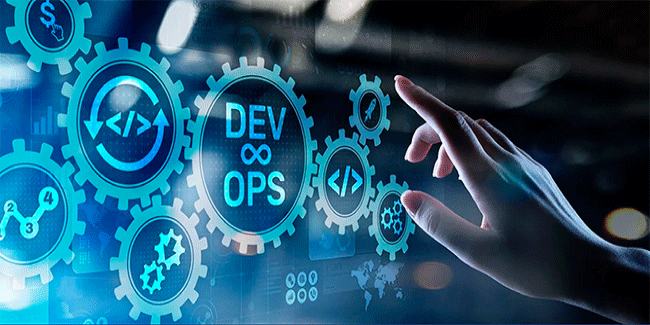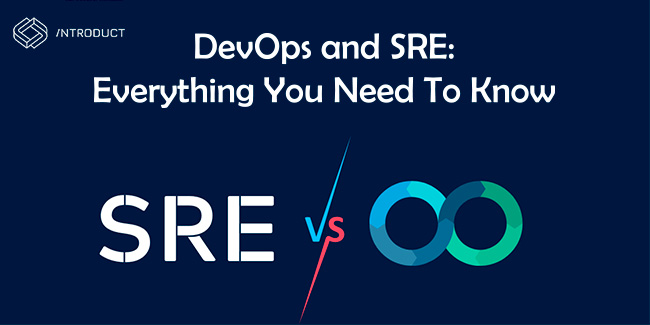

Transforming QA: The Powerful Shift to AI-Driven Automated Testing


Testing is one area of programming that has undergone changes as a result of the development of artificial intelligence and AI testing. From manual testing to artificial intelligence testing solutions, things have really changed in terms of software quality and reliability.
Manual Testing
It is well known that manual testing was the first form of testing in programming. At this stage, testing was performed manually without the use of tools or scripts. Hence, manual testing gave a detailed view of the software. However, this process was very time-consuming and labor intensive. Human errors were also not excluded. Over time, the limitations of manual testing became obvious to everyone. As software became more complex and required more effort for these purposes, it was necessary to find fast and consistent testing.
Early Tools and Frameworks
Early automation involved automating tasks using scripts using tools like Selenium, Cypress, Playwright and JMeter. With these tools, it became possible to execute many test cases at high speed and provide much greater coverage. This was not possible with manual testing. However, setting up support for the automation of test scripts was a complex task and as applications changed they had to be constantly updated.
Agile and DevOps: Continuous Integration and Testing
Major changes occurred when Agile and DevOps methodology was adopted in the software development life cycle. CI/CD demanded CT. This highlighted the crucial role of automated testing in CI/CD pipelines. Frameworks such as Selenium WebDriver, TestNG, and JUnit integrated well with this. They were beneficial in getting fast feedback and quicker release cycles. Nevertheless, applications whose complexity continues to grow still face the problem of supporting test automation in the long term.
The AI Revolution: Intelligent Test Automation
Testing changed dramatically when artificial intelligence tools became available. Artificial intelligence-based automated testing tools use sophisticated algorithms to efficiently create, execute and maintain test scripts. With Testim, Mabl, or Applitools Eyes, testers can automatically generate tests and keep these scripts up to date. Thus requiring much less manual labor. These tools adapt to changes in the application’s user interface, which enhances the user experience.
Visual testing is an artificial intelligence innovation in test automation. This way, they detect subtle differences that traditional test scripts can simply miss. To maintain a consistent quality user experience, this is a very important element that is difficult to detect with traditional methods.
Advantages of AI-Driven Testing
The application of AI to test automation offers several advantages over traditional approaches:
- Self-Healing Scripts: AI tools update test scripts themselves in case there are changes to an application, which also reduces the burdens of maintenance.
- Improved test coverage: Machine learning algorithms analyze user behavior and patterns to identify the most critical test scenarios for better coverage.
- Faster test execution: AI optimizes the order in which tests should be executed based on historical data. Thus, prioritizing essential tests reduces the overall execution time.
- Improved accuracy: AI-driven visual testing and anomaly detection increase the likelihood of detecting defects that might be overlooked by traditional testing methods.
The Future: Autonomous Testing
Going forward, test automation will include autonomous testing, where AI designs the test, runs the test and evaluates the results. In turn, this means AI can drive the continuous testing cycle, deeply understand changes to an application, generate relevant test cases, execute tests and then analyze test results. The usage of AI with other emerging technologies, such as blockchain and IoT, allows more capabilities of test automation in terms of secure and transparent ways to track and verify test results.
Conclusion
At Introduct, we strive for continuous growth and development, especially in the use of artificial intelligence and the transition away from manual testing.
The development of artificial intelligence is a significant leap in QA. Each such stage of development has improved efficiency, accuracy, and scalability. Artificial intelligence-based testing is changing the way we think about testing in general. Such testing provides intelligent, adaptive and autonomous solutions. Our dedicated team is looking forward to the opportunities that will arise as artificial intelligence and testing evolve.
More Articles

Best practices for continuous integration and deployment Best practices for continuous integration and deployment
Have you ever wondered what's beneath successful CI/CD optimization? Central to this transformative approach is DevOps. It is a kind of philosophy that encourages collaboration, communication, and integration between developers and IT operations.

DevOps and SRE: Everything you need to know DevOps and SRE: Everything you need to know
Site Reliability Engineering and DevOps, at first glance, seem similar, but if we take a closer look, they differ! SRE and DevOps both stand for security, resilience, and efficiency. The difference is that DevOps stands for Development Operations, while SRE stands for Site Reliability Engineering.
